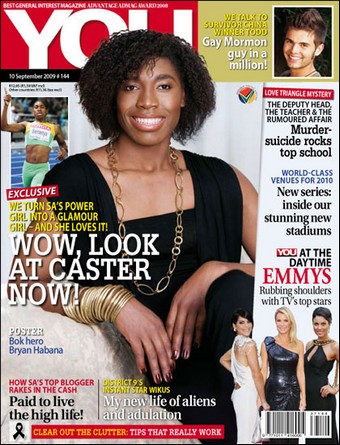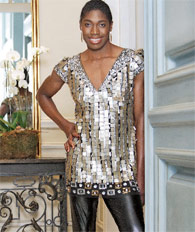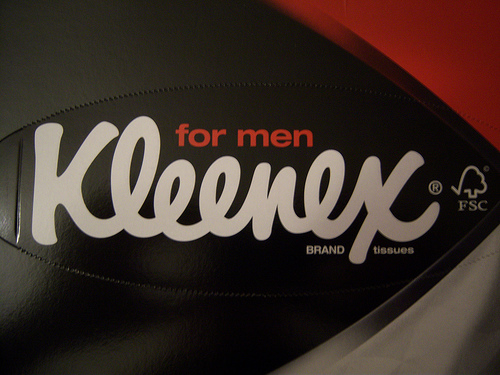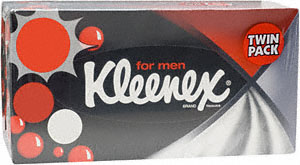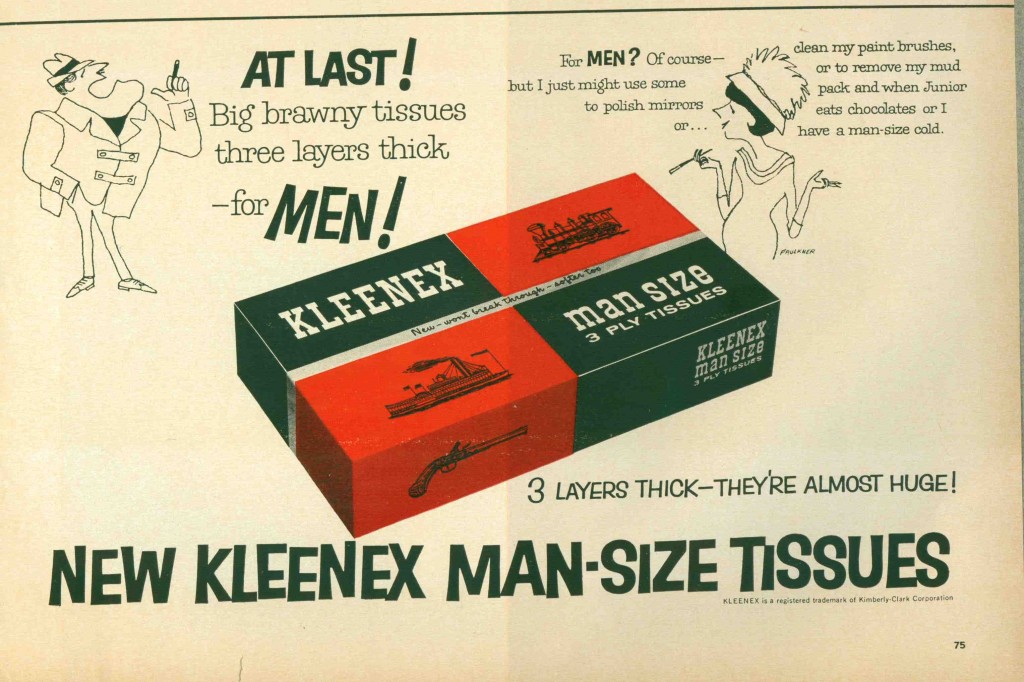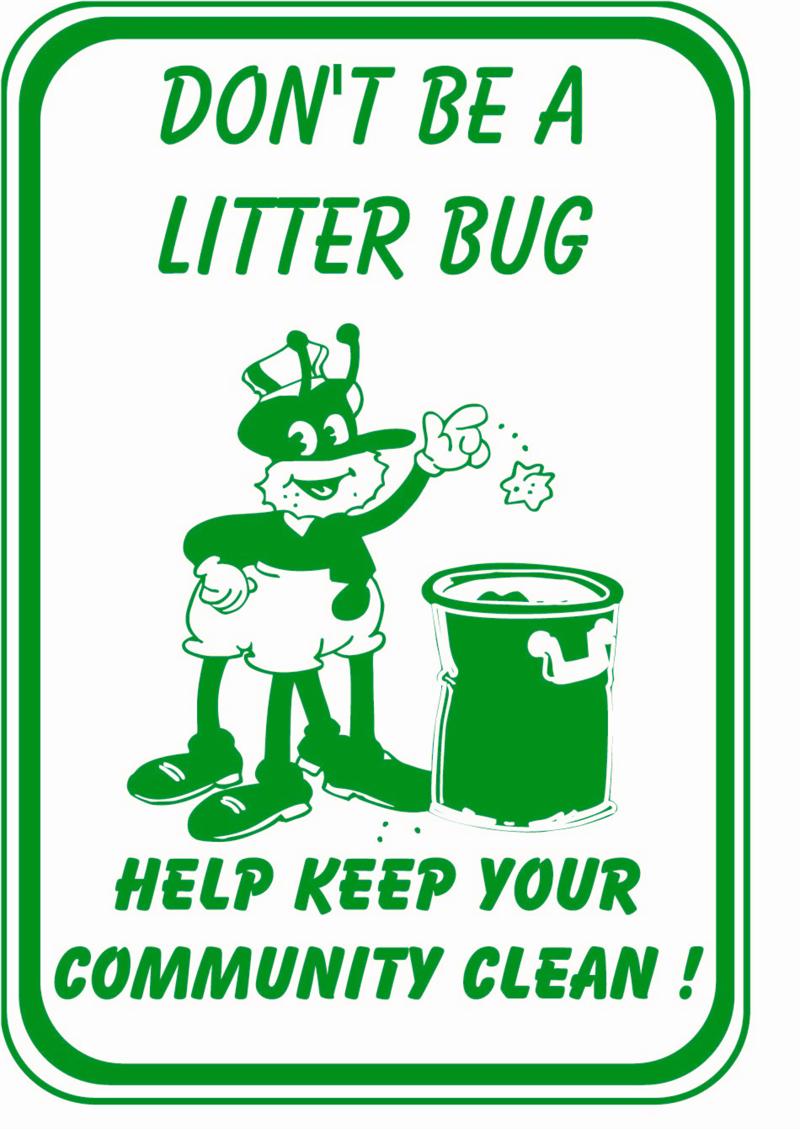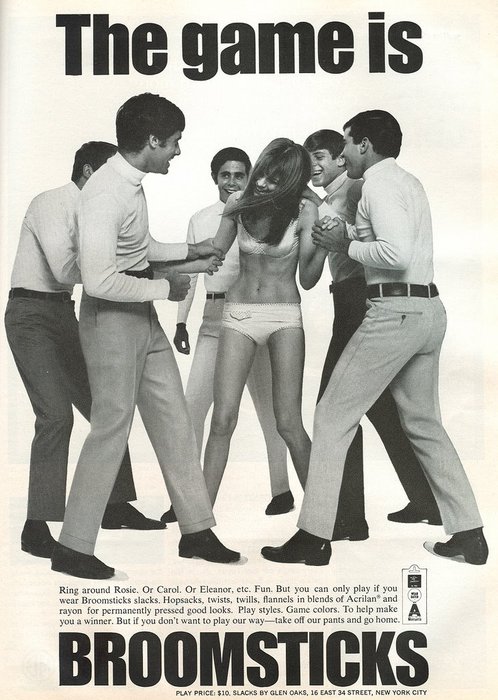A clothing-optional resort, Paradise Lakes in Land O’Lakes, is sponsoring a “g-string pageant.” It is advertising its event with the following ad:
In response, the American Association for Nude Recreation (AANR) has suspended the resort’s membership. They claim that the contest “sexualized the nudist experience.” Instead, the AANR promotes “social, family nude recreation” (story here, via).
What a fantastic example of the different ways in which we can interpret nudity.
See also this post and the thoughtful commentary it inspired.
—————————
Lisa Wade is a professor of sociology at Occidental College. You can follow her on Twitter and Facebook.




